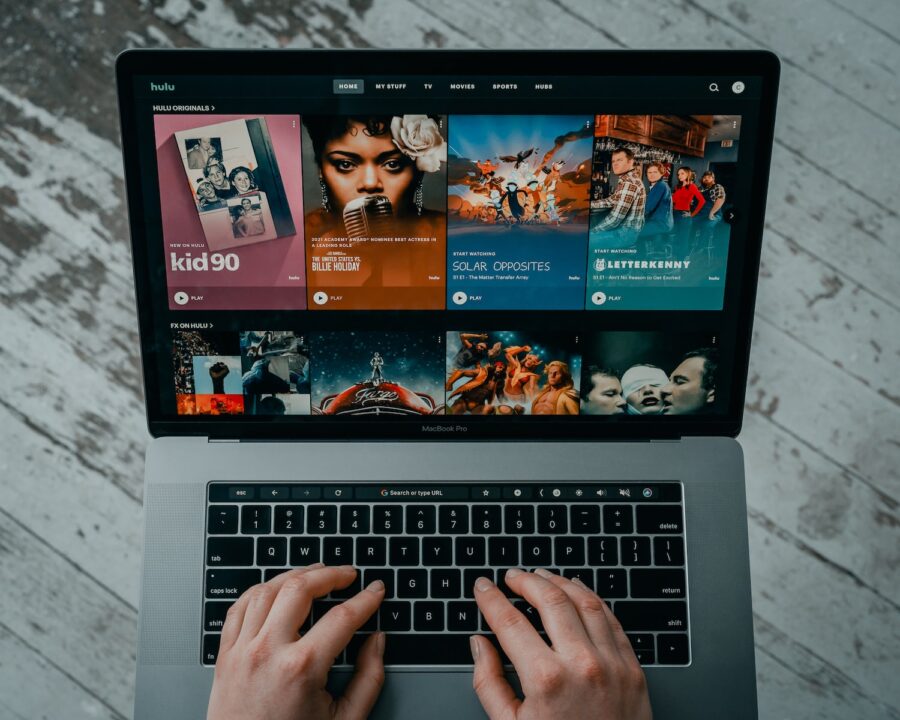Customer loyalty has never been more important as retailers look to outside partnerships and personalized benefits as ways to improve the perceived value of their subscription offerings.
Providing Individualized Benefits
Personalized benefits and one-to-one conversations could help motivate a purchase for consumers navigating turbulent economic times, according to Chris Jensen, who serves as executive vice president of revenue with Ibotta.
“That’s one of the reasons you see these more personalized loyalty programs emerging out there amongst retailers, because it allows them to have a more precise one to one conversation with consumers in order to inspire very thoughtful engagement that helps protect margin at the same time,” said Jensen in a recent episode of The Food Institute Podcast.
Jensen, who previously worked at Whole Foods Market before taking the role with Ibotta, argued rising inflation would push consumer demand for these loyalty programs up, but that brands would also feel the pinch.
“We’re definitely seeing people seek out these rewards programs more than ever. At the same time, we’re also seeing that brands are feeling the impact of that inflation, they’re seeing squeezed margins, and so they’re being more thoughtful about how they deploy those. What’s been interesting is we’re seeing…that people are in greater need of rewards, cashback discounts, things that are wallet-friendly than ever before,” he said.
Customers Seek Ease of Use
Jensen noted modern consumers were seeking easy-to-use solutions that signaled clear benefits from retailers.
“They’re also steering away from some of the legacy tactics out there…so there’s fewer printed home coupons being redeemed…I think for many consumers, they’re busier than ever. And so they want mechanisms that will allow them to get those rewards as seamlessly as possible,” said Jensen.
When asked about food and beverage manufacturers taking advantage of these trends, Fetch Rewards Senior Vice President Peter S.V. Bond said many had been relatively ineffective at driving consumer loyalty partly because “brand portfolios for a single manufacturer are not inclusive enough to generate enough reward value to be compelling to the consumer.”
He also noted ease-of-use often hurt adoption of such programs employed by food and beverage manufacturers.
“The friction involved in the consumer ‘proving’ that they purchased items in the loyalty program is sufficiently high to dissuade them from frequently submitting their proof of purchase,” he said in an e-mail to The Food Institute.
Walmart, Amazon Seek Value-Added Partnerships
Loyalty and membership program partnerships with other organizations could be another avenue of adding value to a loyalty program, with both Amazon and Walmart making significant deals to attract more members to their services in recent months.
In July, Amazon partnered with Grubhub in the U.S. to offer Amazon Prime members 12 months of Grubhub+ for free. Grubhub+ provides diners with unlimited $0 delivery fees from hundreds of thousands of restaurants on the third-party delivery platform.
Meanwhile, Walmart announced in August another interesting perk for Walmart+: a 12-month subscription to the Paramount+ video streaming service, starting in September. Of note, the move provides the company with a gateway to compete with Amazon Prime Video, another video-streaming service which is gaining in popularity and is seen as an increasingly valuable aspect of the overall membership.
“Additional services like streaming content offer consumers a benefit that has sticky appeal and decreases the likelihood of non-renewal,” said Bond, who also serves as co-host of The CPG Guys podcast. “I love my free Grubhub+ service bundled with Prime. I already subscribe to Paramount+, so I can cancel it and get the service for free through [Walmart+].”











